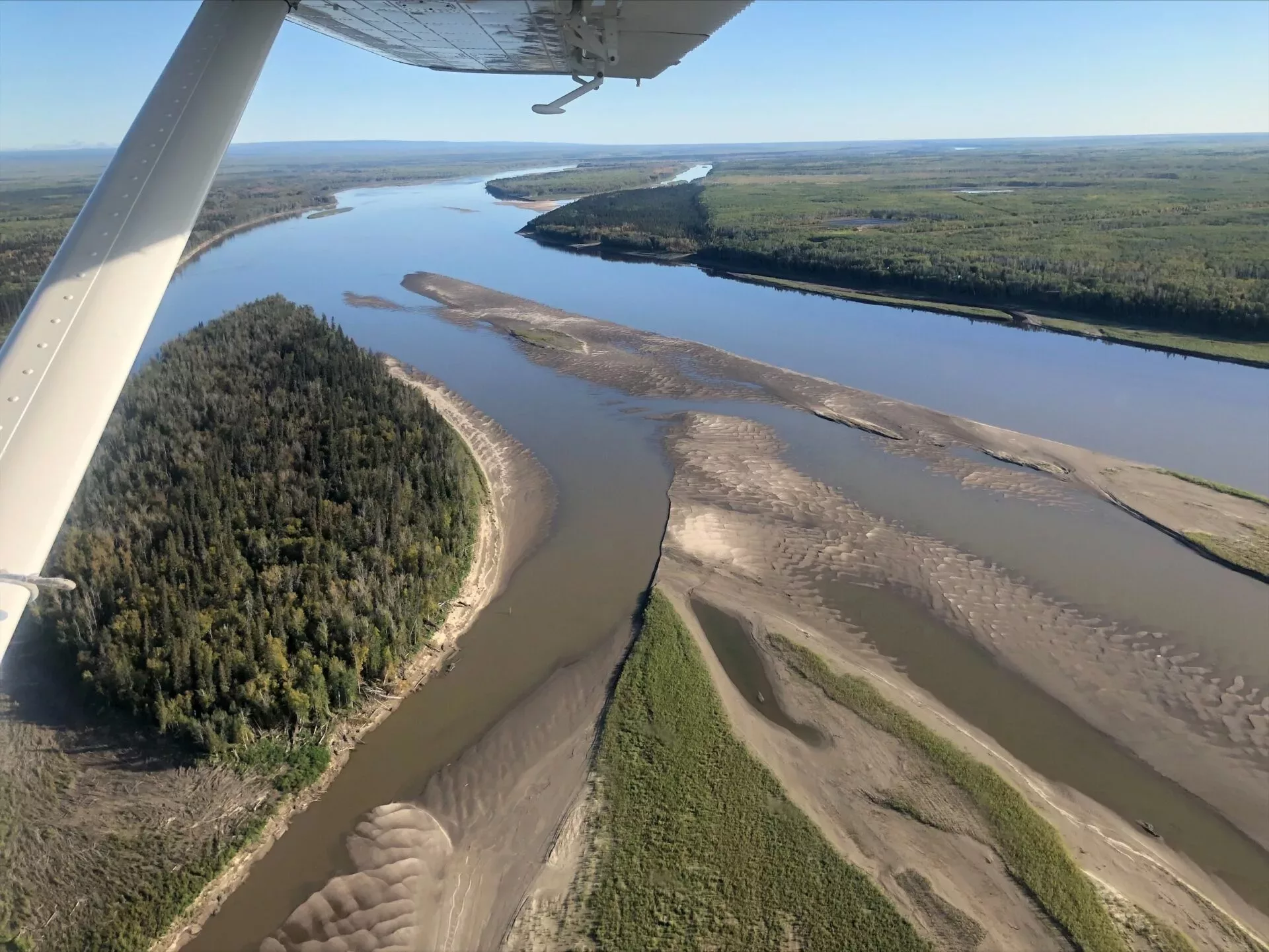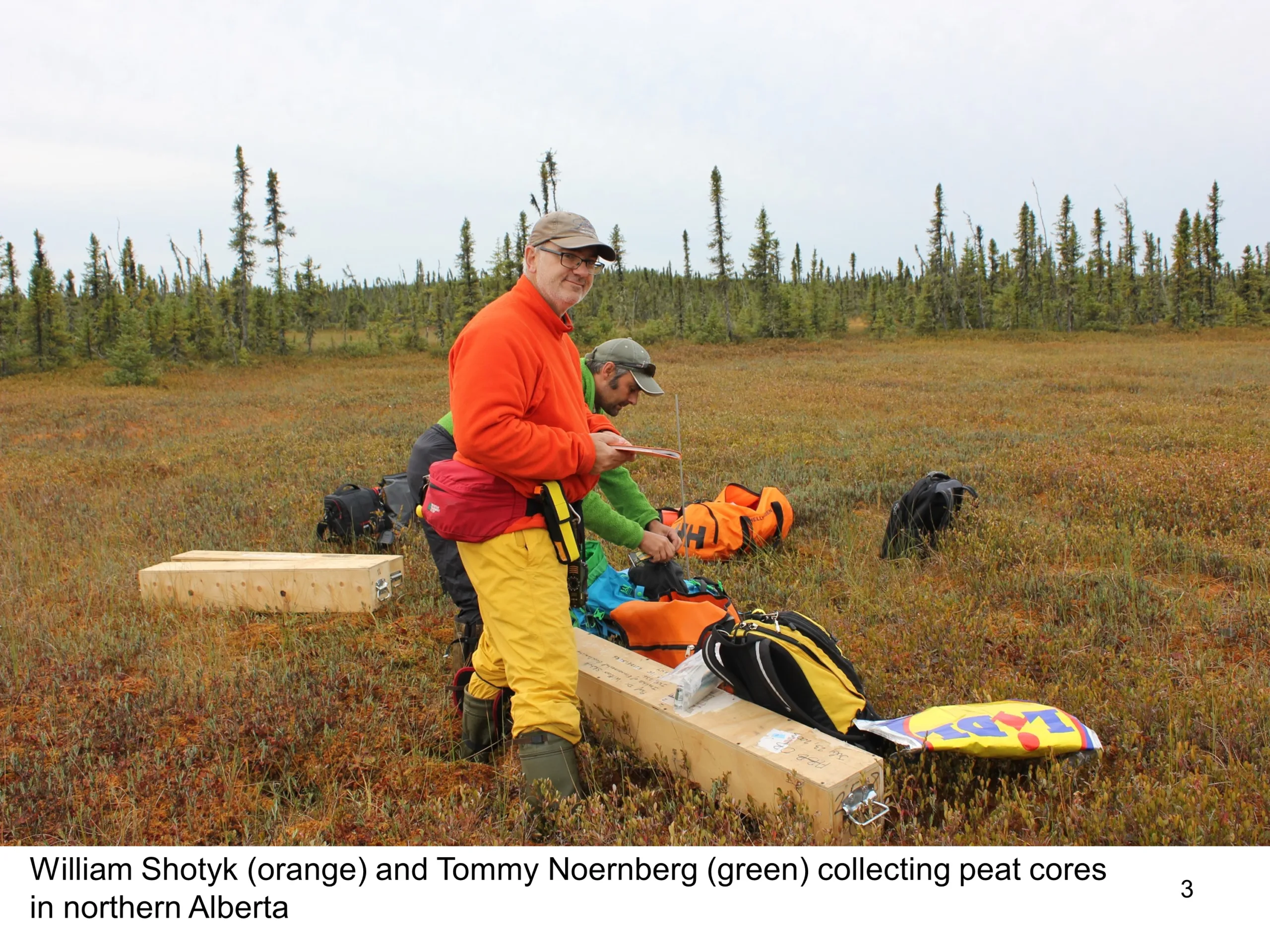Water Management 101: Using water wisely

Efforts by Canada’s oil sands industry to lessen its environmental footprint have resulted in globally significant work to reduce impacts to air, water and land and support biodiversity in Alberta’s boreal forest.
The industry aspires to be world leaders in environmental management.
What’s at stake and what do these efforts look like on the ground? Find out more about how industry manages water resources.
Water Management 101: Using water wisely
Q: How is water used in the oil sands?
Water is used for a variety of purposes in the oil sands, including for drilling, utility boilers and in camps and offices; however, the majority is used to extract bitumen. Surface mining operations use hot water to separate the bitumen from sand and clay materials. In situ (in place) facilities generate steam that is forced below ground to heat the bitumen so that it can be pumped to the surface.
Q: How much fresh water is needed to produce a barrel of oil?
In mining operations, it now takes about 1.2 barrels of water to produce one barrel of bitumen – a 46% reduction since 2012. In situ operations require about 0.2 barrels of water to produce one barrel of bitumen; a 44% reduction since 2012. These numbers are going down because oil sands producers are managing and monitoring their water use carefully and are always innovating to improve.
Q: What happens to the water afterwards?
The majority of the water used in oil sands facilities is stored and reused over and over. Up to 85% of water is recycled in mining operations and up to 90% in in situ operations.
Q: Where does the remaining water come from?
Most mining operations get the majority of their ‘make up’ water from the Athabasca River and its tributaries, as well as from groundwater and surface runoff. In situ facilities do not source any water from the Athabasca River. Instead, they source most of their makeup water from underground brackish or saline water zones, or aquifers, although some operators still use some fresh groundwater and surface water.
Q: Who regulates how much fresh water is used in the oil sands?
The Alberta government regulates and monitors freshwater use in the province. Less than 12% is allocated to develop energy resources (including the oil sands industry) and industry used only 27% of their allocation. The remaining 88% of fresh water is allocated to other users. Agriculture receives the largest allocation of 43%.
Q: How much fresh water does industry actually use?
Mining uses 0.18% of all fresh water available in Alberta each year. To put this number in perspective, Pathways Alliance mining members produce 33% of Canada’s oil each year using just 50-60 hours’ worth of the average annual Athabasca River flow. In contrast, in situ operations use very little fresh water as they rely heavily on alternate water sources.
Q: What is industry doing to manage water wisely?
Responsible water management is a priority for Pathways Alliance members who are working to improve the use and management of all water resources. Our members are focusing on:
- Accelerating the development and application of water treatment technologies for both mining and in situ operations.
- Improving steam generation technology in in situ operations to reduce the amount of greenhouse gas emissions produced per barrel of oil, reduce water use and wastewater production, and lower operational costs.
- Closing knowledge gaps related to the safe release of treated mine water to the Athabasca River watershed. (No untreated water is released into the Athabasca River.)
Learn more about the efforts of Pathways Alliance members to advance responsible development of the oil sands industry.


